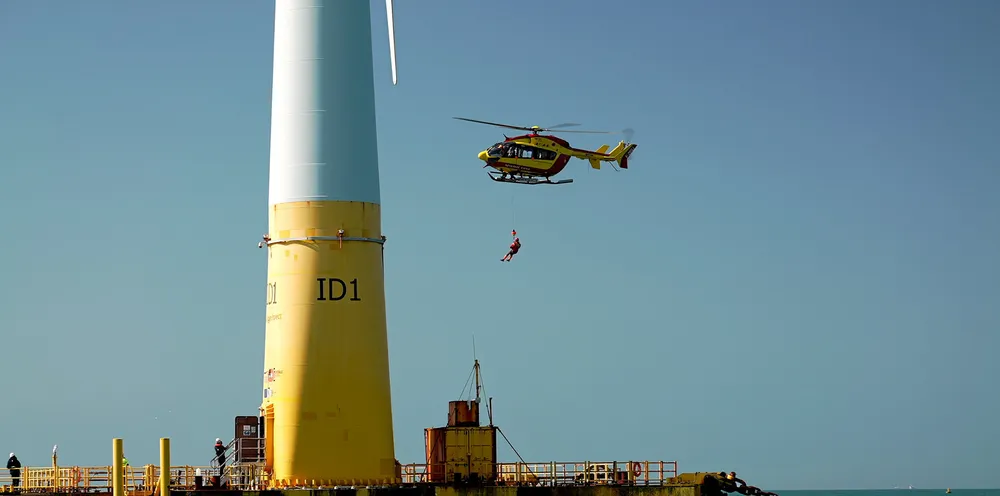Pilot project | French floating wind prototype pioneers helicopter rescue planning
FloatGen unit moored in deeps off Brittany serves as site for European country's first-ever offshore airlift exercise

FloatGen unit moored in deeps off Brittany serves as site for European country's first-ever offshore airlift exercise
